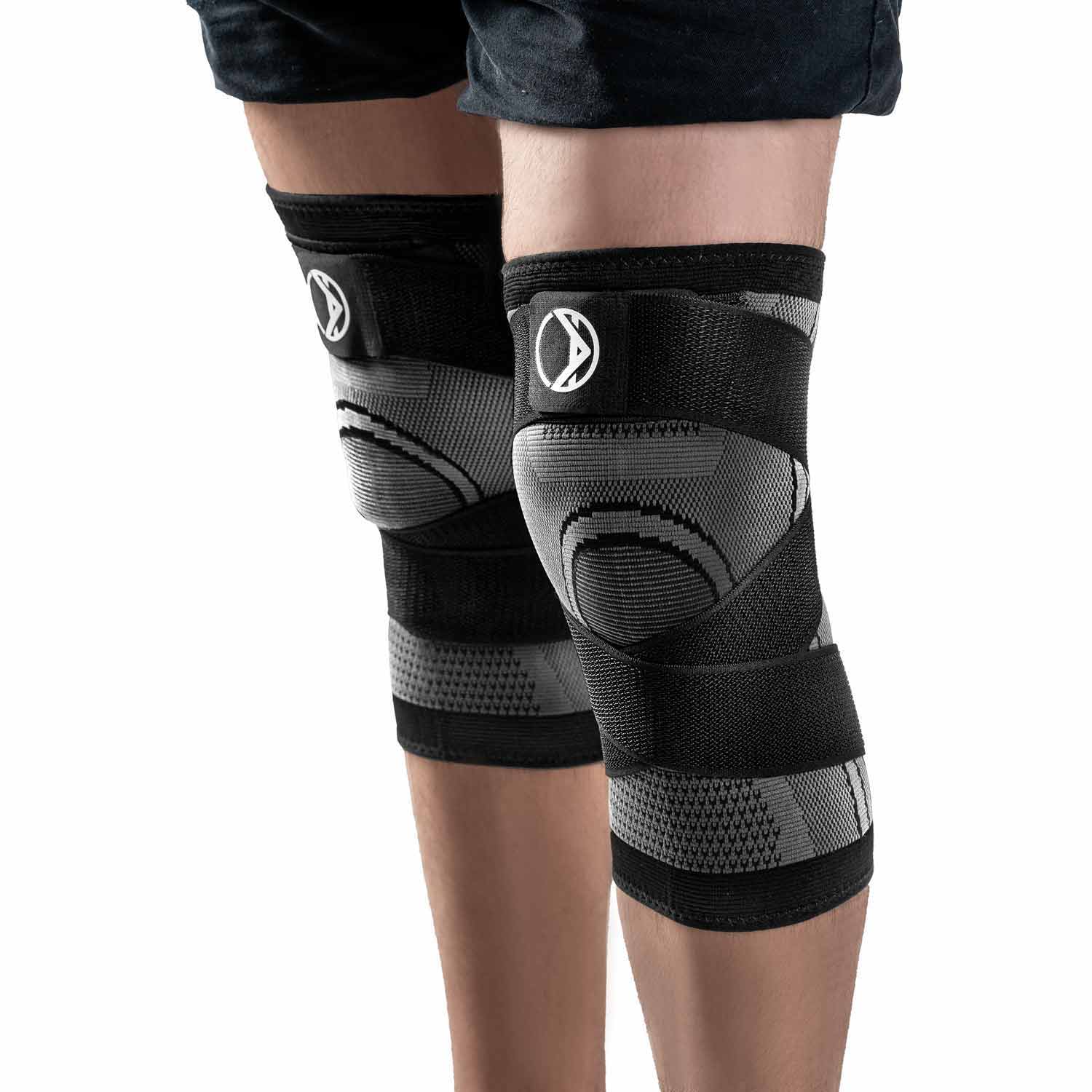If you’ve been diagnosed with patellar tendonitis, you may be wondering what to do next. And if you’re someone who struggles with this condition regularly, you’re probably tired of dealing with it. You’re not alone. Patellar tendonitis is very common among athletes who participate in sports that involve a lot of jumping, like basketball and volleyball. But anyone can develop this condition.
The good news is that patellar tendonitis is treatable. In most cases, the condition can be managed with a combination of rest, ice, and over-the-counter anti-inflammatory medications. But for some people, especially those who have tried these conservative measures before—these measures aren’t enough to ease the pain and help their tendons heal. In this article, we’ll take a closer look at patellar tendonitis and how wearing a knee sleeve can help ease the pain caused by it.
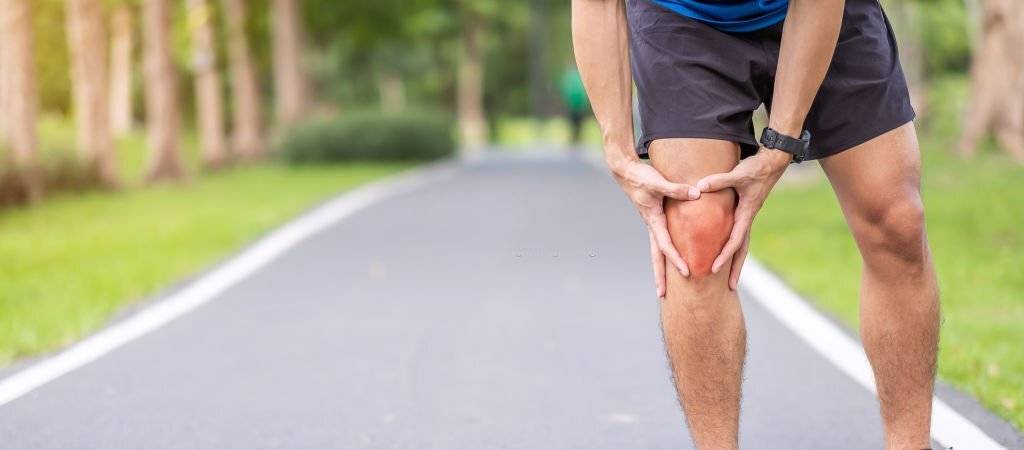
Patellar tendonitis is a condition that results when the patellar tendon, which attaches the kneecap (patella) to the shinbone (tibia), becomes irritated and inflamed. The patellar tendon helps you extend your leg when you’re walking, running, or jumping.
Also referred to as "knee tendonitis" or “jumper’s knee.” This is because the condition is common among athletes who participate in sports that require a lot of jumping, like basketball and volleyball. But anyone can develop patellar tendonitis. The condition is also seen in people who have knee problems, like patellofemoral pain syndrome (PFPS) or chondromalacia patella.
This is a chronic condition, which means it can last for months, or even years. The good news is that there are treatments that can help ease the pain and improve the function of the patellar tendon.
There are contributing factors that can lead to the development of patellar tendonitis. Plus, certain activities or movements can irritate the tendon and lead to an inflammatory response. Here are some of the most common causes:
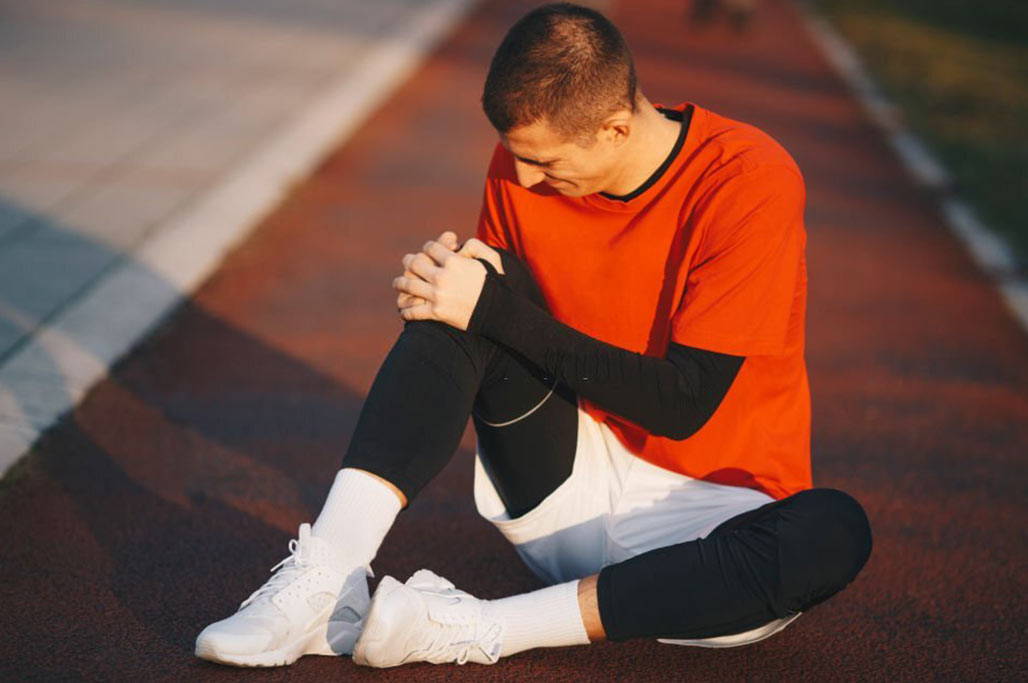
This is the most common cause of patellar tendonitis. When the patellar tendon is used repetitively and put under a lot of stress, it can become irritated and inflamed. This is often seen in athletes who participate in sports that require a lot of jumping.

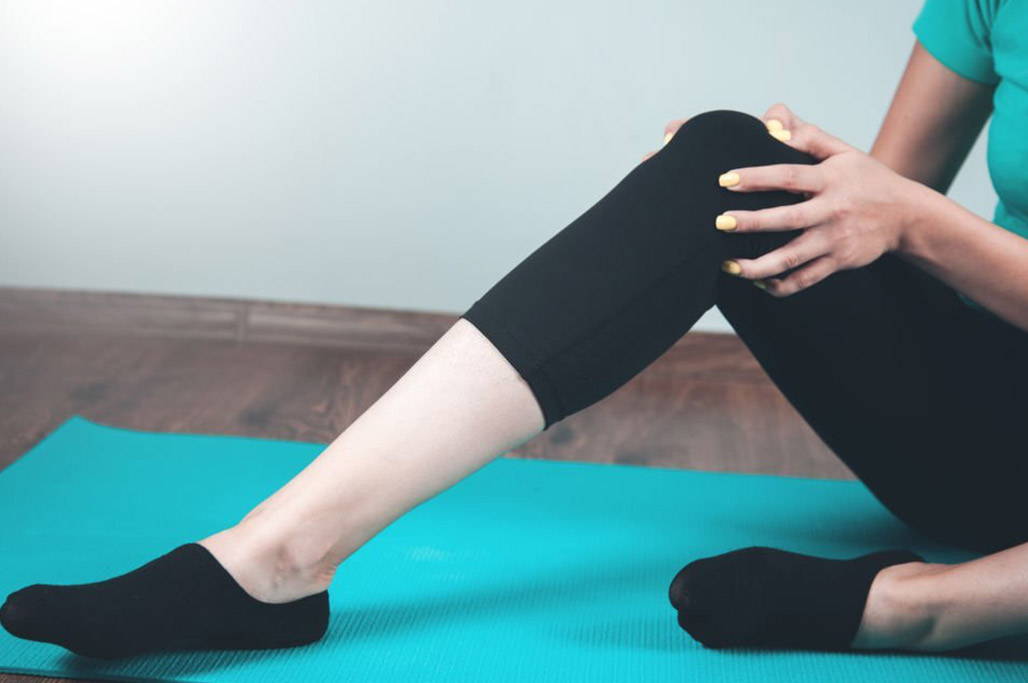

This refers to the way your body moves when you walk, run, or jump. If your biomechanics are off, it can put unnecessary stress on the patellar tendon, which can lead to patellar tendonitis.
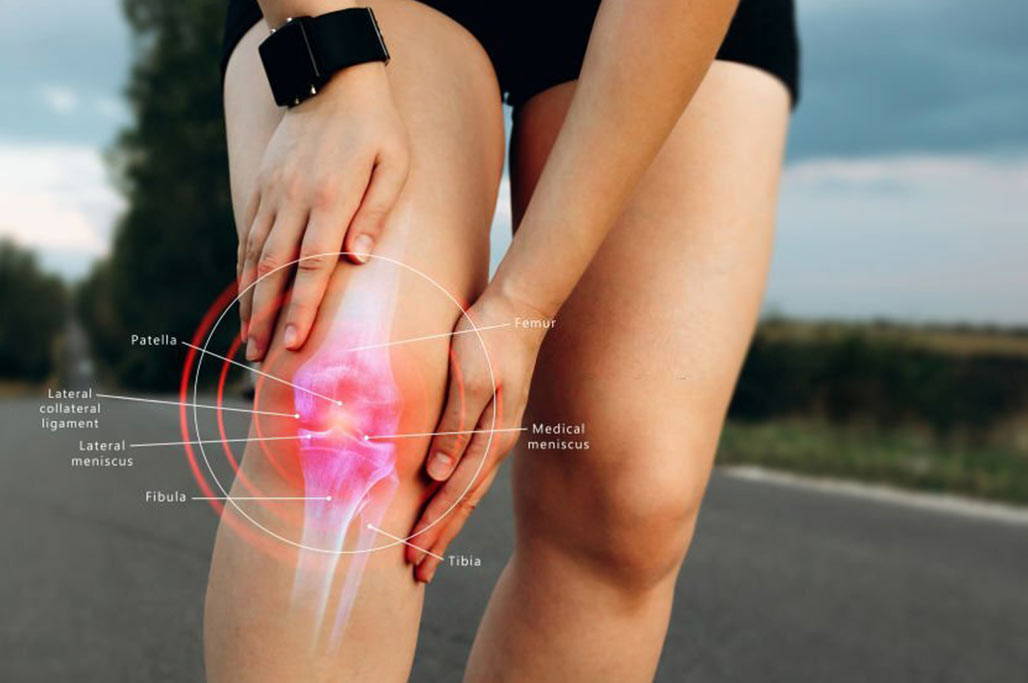
The quadriceps and hamstrings are the muscles that support the knee. They can be weakened by muscle imbalances, overuse, or injury. When these muscles are weak, they can put additional strain on the patellar tendon, which can lead to inflammation of the tendon.

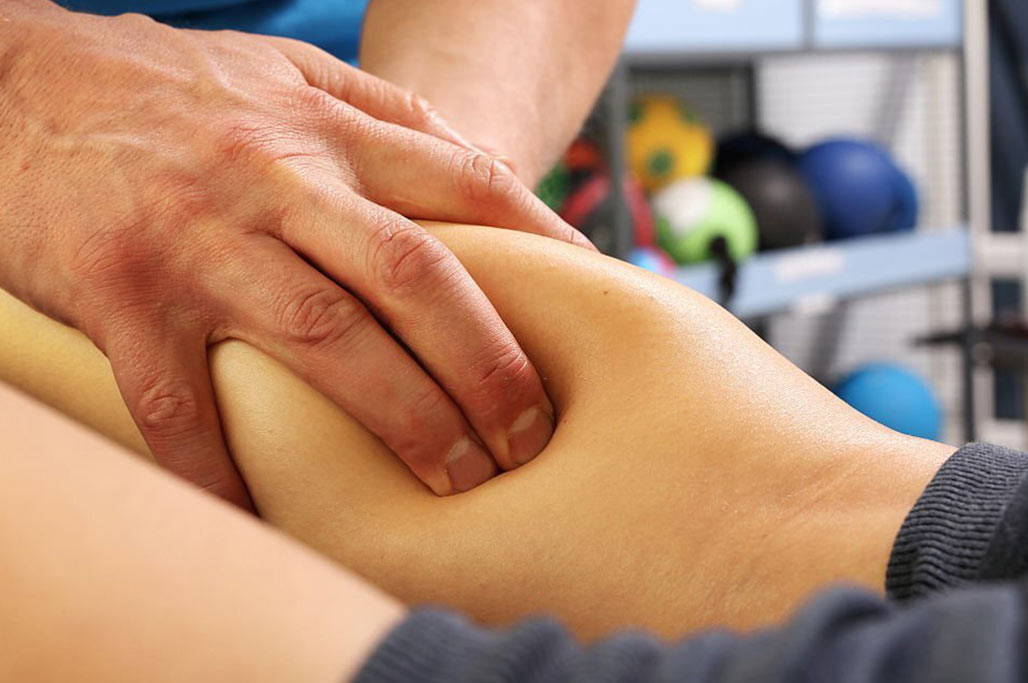

The calf muscles are a critical part of the lower leg, but they can also be a source of pain and stiffness. If you have tight calves, it can limit your range of motion and put extra strain on the patellar tendon.
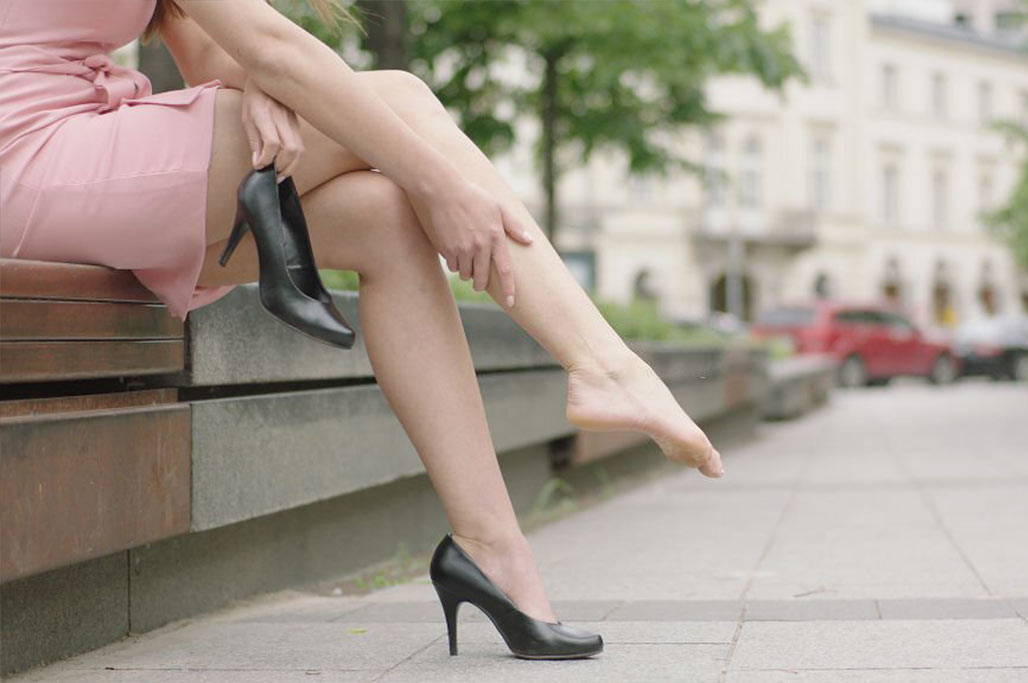
High heels force you to alter your gait by placing more weight on the balls of your feet. This can cause your toes to curl up, which can lead to bunions. The increased pressure on your toes also puts additional strain on the patellar tendon. This can lead to a condition called tendinitis, which causes pain near your kneecap and limits mobility.

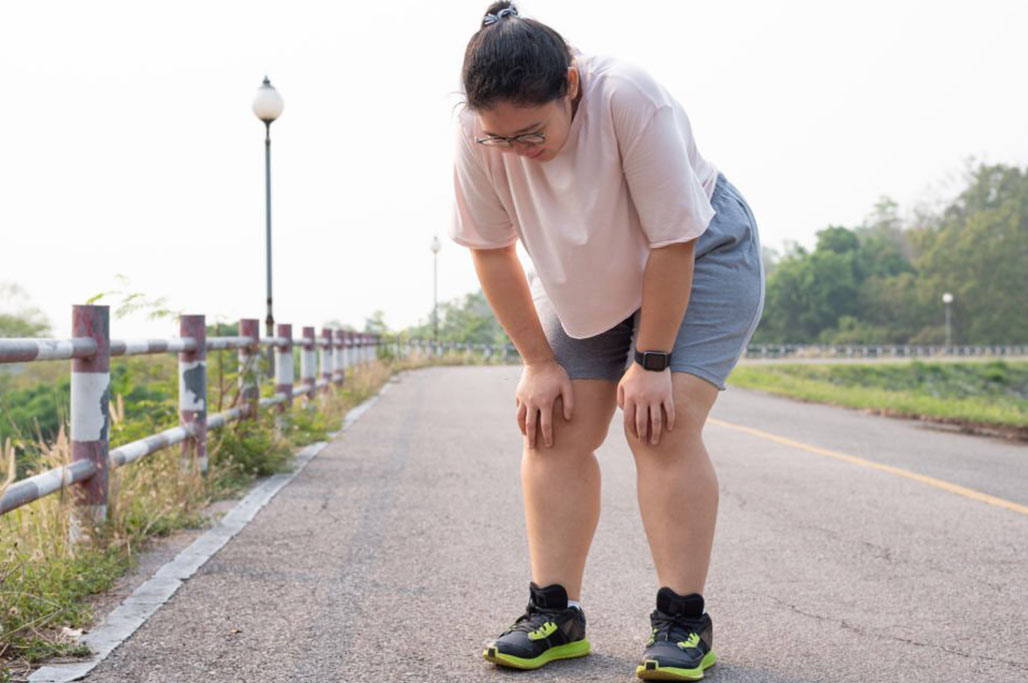

The Achilles tendon is the largest and strongest tendon in your body, connecting your calf muscles to your heel. It helps you push off when walking and running. Carrying excess weight can put additional stress on this important tendon, which could lead to injuries such as tears or ruptures.
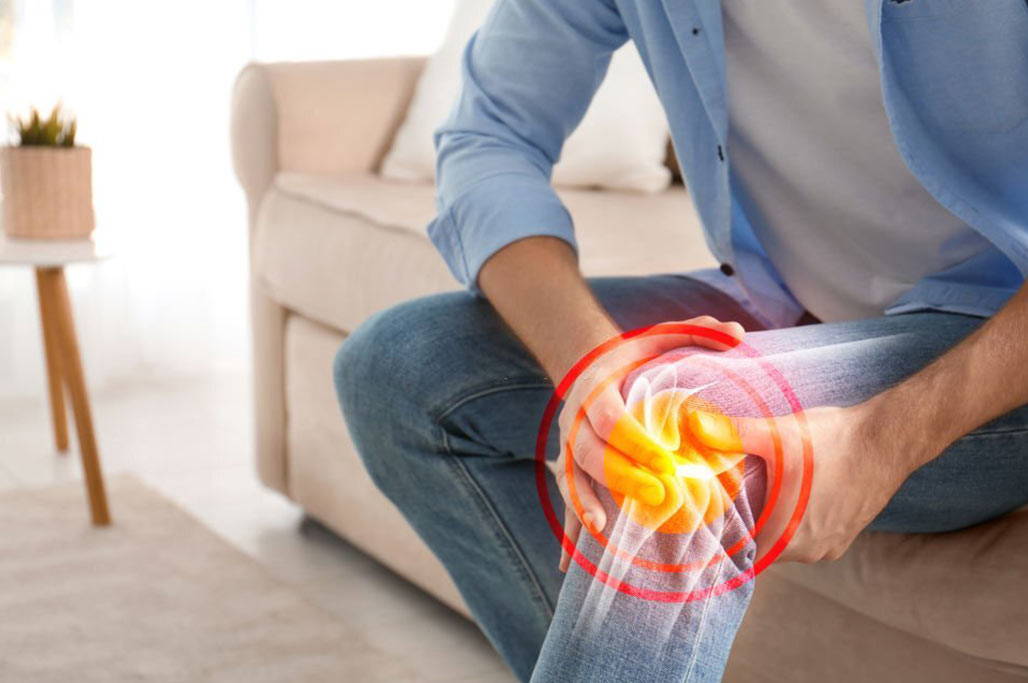
This is a degenerative joint disease that can damage the cartilage and lead to inflammation. The joints in the human body are lined with cartilage, which acts as a cushion between bones. When this tissue begins to break down, it leads to inflammation and pain.

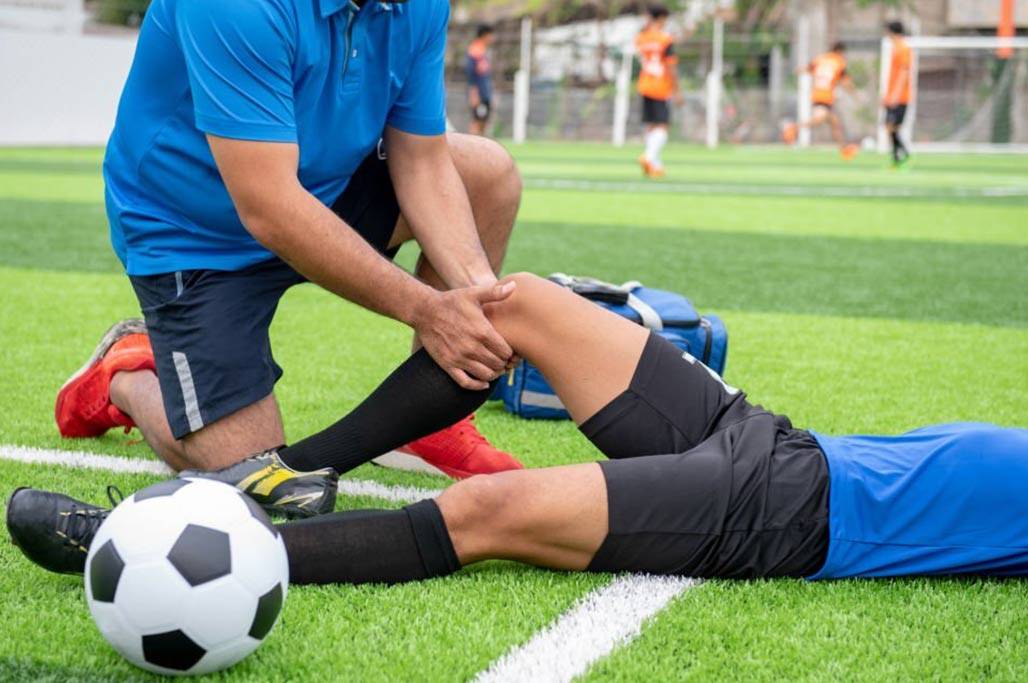

The patellar tendon is the tissue that connects your kneecap to the shinbone and allows you to bend and straighten your knee. A direct blow to the kneecap can damage this tendon, leading to inflammation of the tissue.
The most common symptom of patellar tendonitis is pain. This pain is typically felt around the kneecap and can radiate down into the shin. The pain is usually worse when walking, running, or jumping.
Other symptoms include:
If you’re experiencing any of these symptoms, it’s important to see a doctor. They will be able to properly diagnose your condition and develop a treatment plan that’s right for you.
